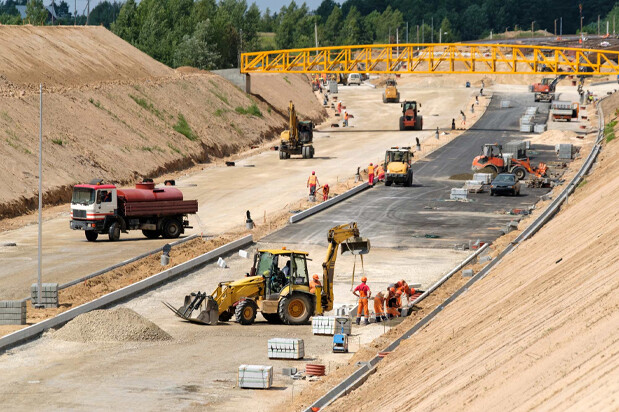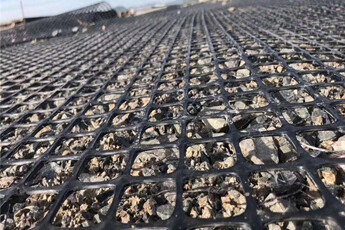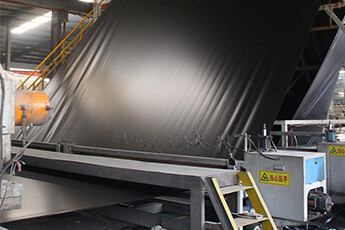
Biaxial and uniaxial geogrids are two common geosynthetics used in a variety of civil engineering and construction applications. While they both serve the purpose of stabilizing soil, there are significant differences between the two, making each suitable for different uses.
The main difference between biaxial and uniaxial geogrids is their reinforcement properties. Biaxial geogrids are designed to have equal strength in both the longitudinal and transverse directions, providing reinforcement in both directions. Uniaxial geogrids, on the other hand, are designed to have strength in only one direction, usually the longitudinal direction. This fundamental difference in reinforcement properties is what sets these two geogrids apart.
In reality, choosing between biaxial and uniaxial geogrids depends on the specific needs of your project. Biaxial geogrids are often used in applications that require reinforcement in multiple directions, such as retaining walls, embankments, and steep slopes. Biaxial reinforcement helps to distribute loads more evenly and provide greater stability to the structure.
On the other hand, uniaxial geogrids are often used in applications that primarily require reinforcement in one direction, such as roads, sidewalks, and foundations. Uniaxial reinforcement effectively prevents lateral movement of soil and provides strength to the structure in the desired direction.
It is important to note that the selection of biaxial and uniaxial geogrids should be based on a thorough understanding of the project requirements, soil conditions, and project specifications. The correct choice of geogrid type is critical to the overall performance and life of the structure.
In summary, the main difference between biaxial and uniaxial geogrids is their reinforcement properties. Biaxial geogrids provide strength in two directions, while uniaxial geogrids provide strength in one direction. Understanding the specific needs of a project is essential to determining which type of geogrid is best for the job.
GET IN TOUCH
Contact With us




